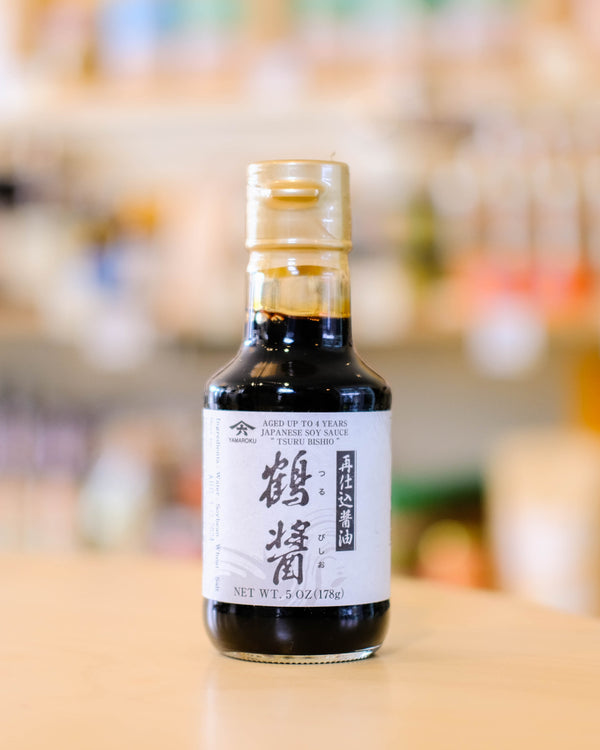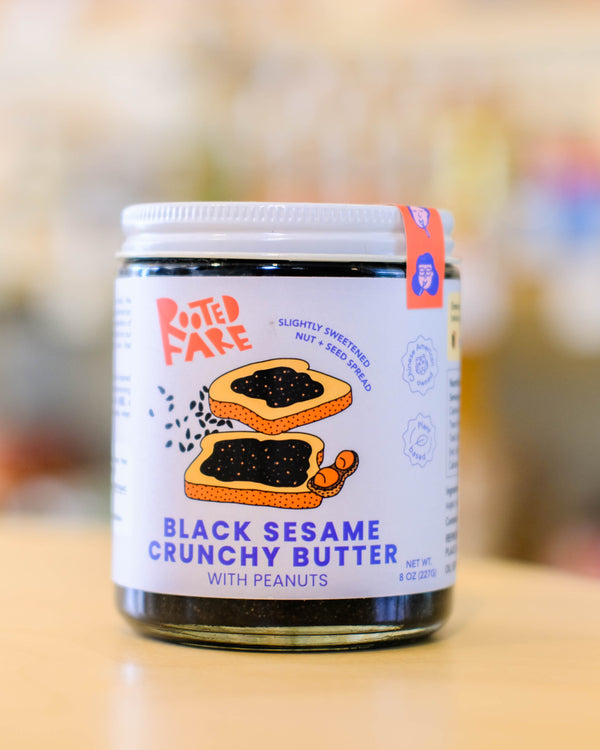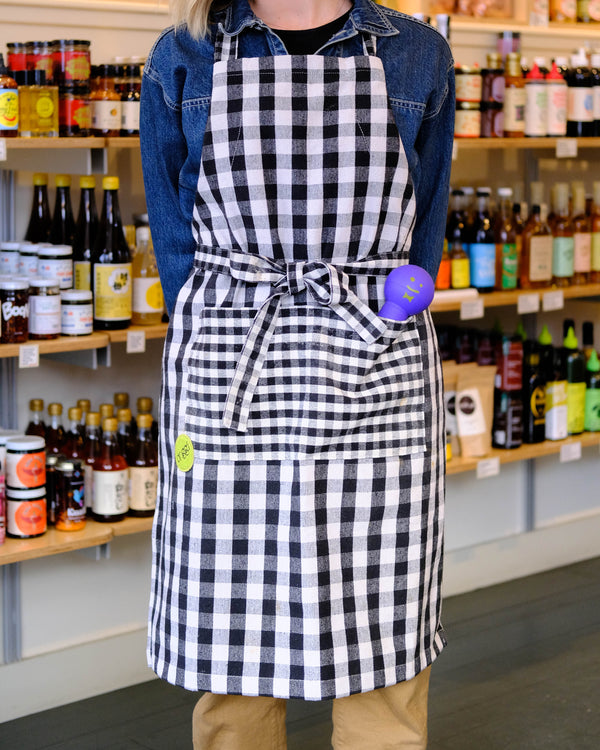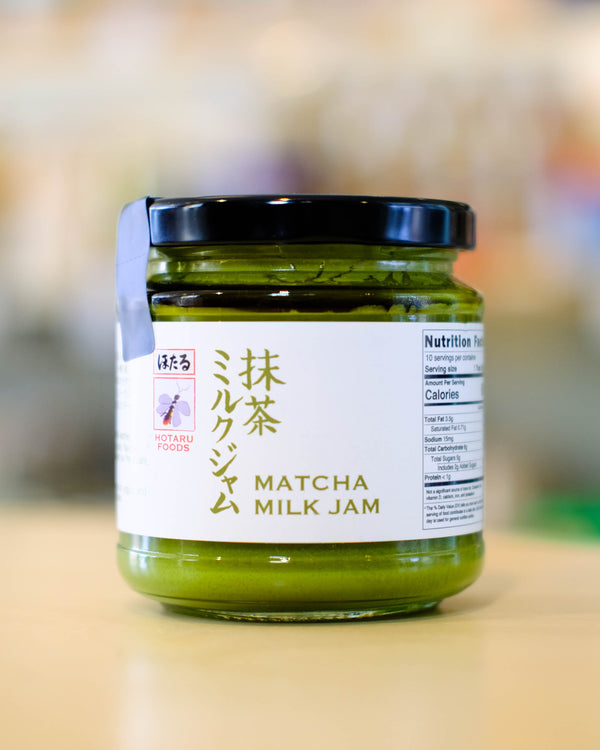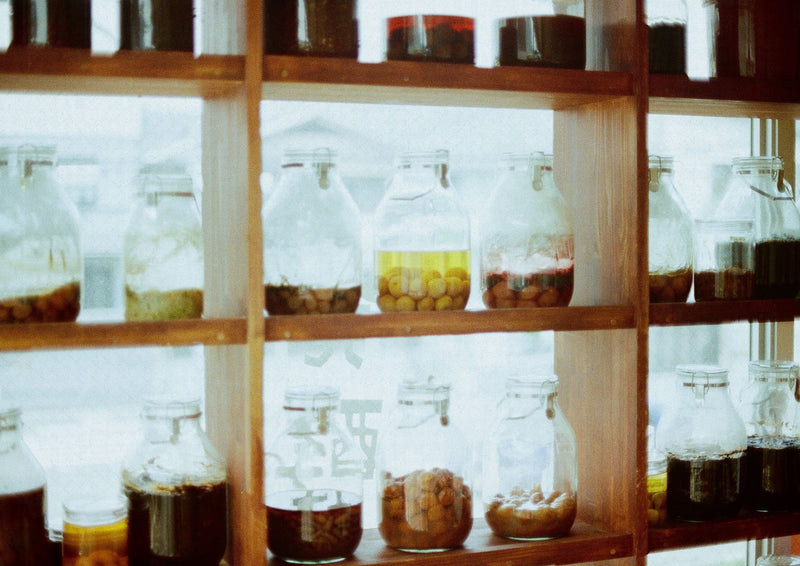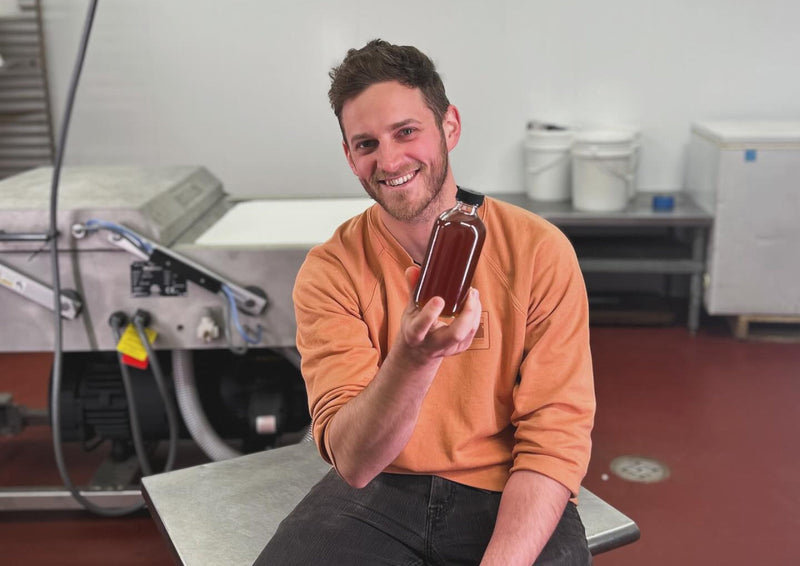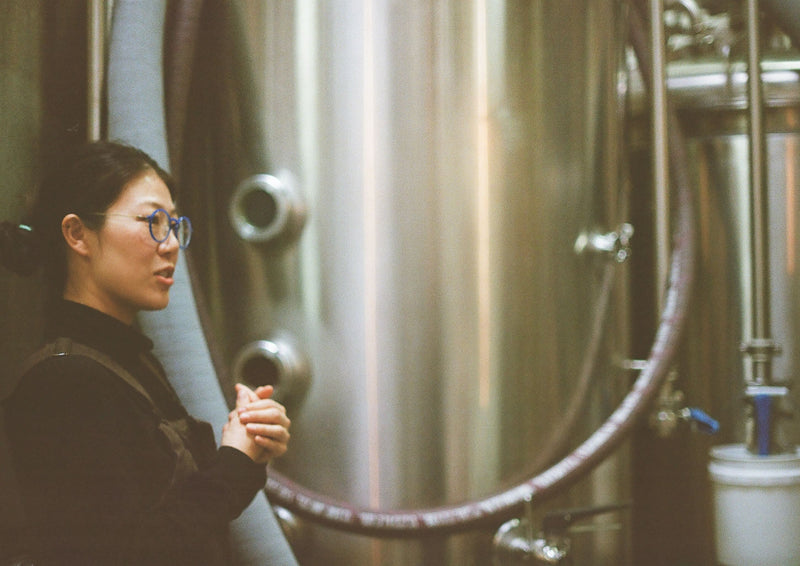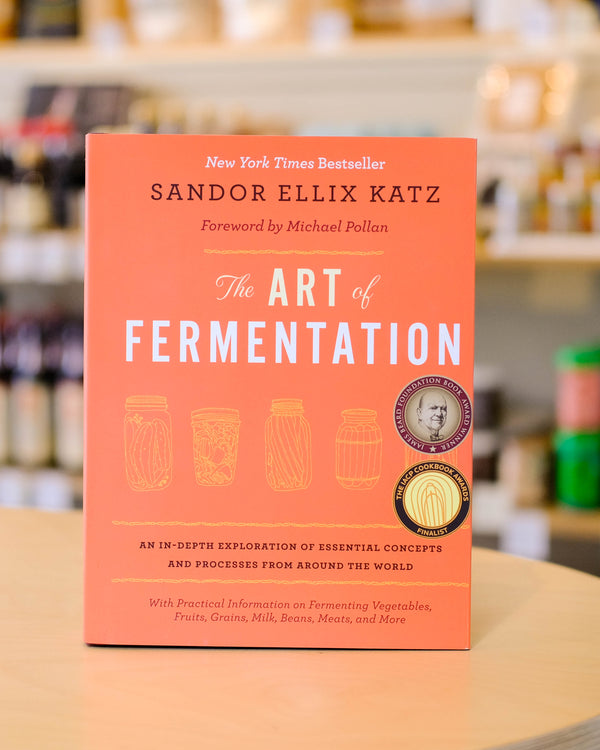Dawn had barely broken when I awoke to the howls of coyotes, not too far from my single person tent. Suddenly motivated to get up, I wrapped a shawl around my shoulders and stumbled into the large farmhouse across the field.
The house was quiet as I slipped through its summer kitchen, the other volunteers still asleep in rooms on the floor above. The dim light of a candle illuminated a shadow hunched over a large thermos on the pantry counter.
“What can I help you with?,” I asked Mike, the farm’s resident manager, as I stifled a yawn. I watched as he unscrewed the lid of the thermos, preparing to dump its contents into a large mixing bowl.
“Can you prepare the yogurt for me?”
I took the thermos from his hands as he left to busy himself with other breakfast preparations for the volunteers. I scraped the inside of the thermos clean, pouring the rich, curdled cream into the bowl set before me. Unable to help myself, I dipped a spoon in; it tasted fresh- floral even. Unlike any yogurt I had been accustomed to buying in the grocery store.
Later that night, Mike would show me how he made yogurt for the farm daily- taking a scoop of the prior day’s batch to inoculate a large thermos filled with whole milk. He would instruct me to leave the thermos out on the pantry counter overnight with the lid screwed on. In the morning, once again roused by the eerie yips of wild canines, I would open the thermos lid to find a full alchemical change had taken place- a fermented batch of yogurt staring back at me.
I had been surprised to learn that the globally ubiquitous table staple could be produced with a recipe as simple as a thermos, gallon of milk, a scoop of pre-existing culture, and twelve hours rest. I was equally surprised to have learned this secret in the middle of the Catskills in upstate New York on a retreat for yoga practitioners. But while my own introduction to yogurt’s creation was unorthodox, many would be doubly surprised to learn that yogurt’s ancestral origins are far more unique.
Yogurt is the first fermented food I ever ingested and the first I ever learned to make. Now a common addition to diets from North America to South Asia, many fail to blink twice over the tangy, thick cream that holds their granola, seasons their meat, quells spicy dishes, or accompanies their achar. Yogurt nowadays may seamlessly blend into life itself, but for thousands of years, it has been life itself. And for many, it still is.
In Onggi’s market, there seems to be a renewed surge of fascination for yogurt and its origins, with many looking to make their own.
Yogurt's origins can be traced back 7,000 to 10,000 years to where it was most likely first produced in Central Asia and the Middle East, with many historians venturing strong bets on the regions of Bulgaria and Türkiye. Although, many believe that like alcohol, humans discovered it around the same time in separate locations around the world- via a happy accident. Regardless of where the first culture may have congealed, some of the earliest records of yogurt’s consumption and production originate in Bulgaria.
While Bulgarian yogurt may no longer rival Icelandic or Greek varieties for space on grocery store shelves around the world, its traditional production methods are imperative for the preservation of its dwindling biodiversity in the face of globalization and climate change. Although, these methods might not be what the standard grocery store patron would anticipate.
Through the employment of the bacteria lactobacillus, lactose in milk is converted to lactic acid, creating yogurt. As Mike had demonstrated, once this process takes place, all that is needed to continue the production for making new batches are a sample of said culture from the day before.
In today’s modern age, separate cultures of lactobacillus are sold to consumers interested in embarking on their own yogurt production journey, such as Cultures for Health’s Greek Yogurt Culture sold in Onggi’s market. But before commercial cultures of lactobacillus were sold around the world, what were our ancestors using to preserve their dairy? How did they initially ferment yogurt if there was no culture from the previous day’s batch?
In remote mountain towns of Bulgaria, nettles, rainwater, and ants were used to kickstart the fermentation process and produce yogurt. Yes, you read that correctly: ants. For Serviette Magazine, researchers David Zibler, Sevgi Multu Sirakova, and Veronica Sinotte recreated Bulgaria’s age-old ritual of ancestral yogurt production, conducting individual experiments producing yogurt from the roots of the nettle plant, harvested local rainwater, and by burying jars of milk in a local wood ant colony.
True to the villages’ local wisdom, the researchers found that formic acid in the roots of the nettles and on the bodies of the ants secreted as a defense mechanism encouraged the growth of lactobacillus in the dairy, lowering the pH and setting up the ideal environment for the naturally occurring lactobacillus to thrive. Further, locally harvested rainwater in the region contained its own ecosystem of bacterium that enlivened the taste.
Using plant and even insect matter to produce yogurt is a practice that has been replicated for millennia far and wide. In India, the stems of spicy chili peppers have been known to inoculate new yogurt starters, while in Türkiye, pine cones were cited as local culture sources instead. In Scandinavia, ancient legends of Norse Vikings using butterwort and sundew as forms of rennet to make skyr fill local folklore. These numerous hosts of lactobacillus bacteria serve as invaluable resources that kept our ancestors and their foodways adaptable and resilient regardless of changing environmental and political climates across the ages.
Origin cultures such as these each lend their own unique palates of bacteria to a ferment, which in combination with a region’s own unique environment and dairy, increase the biodiversity of good bacteria in the yogurt they produce- with each batch subject to a range of different flavors based on the starting culture used to make it.
The mass production of yogurt for global audiences has meant the grandmotherly science of yogurt making across home kitchens around the world is dying out. Zibler, Multu Sirakova, and Sinotte’s research in partnership with local farmers exemplified the continued survival of these methods in Bulgaria's mountains. However, modern global economies are disrupting them. With younger generations moving to urban cities in search of economic opportunity and the convenience of supermarkets and fast food invading rural landscapes, the transference of knowledge and of a lifestyle thousands of years old is struggling to endure in the modern age.
Day to day at Onggi, community members have a lot of questions about how to ferment yogurt at home. But before you go into your backyard and pull a batch of unsuspecting ants from the earth, we recommend these steps to increase the biodiversity of your yogurt consumption first:
- Research your own grandmotherly science: Ask your elders if they remember making yogurt from scratch. What methods did they use? Make a day of it! Learn how to make yogurt from a true practitioner and spend some quality time with a loved one.
- If it’s your first time making yogurt, further research may be necessary before picking up the pine cones laying around your backyard. Instead, inoculate your first batch with a pre-established starter: Obtaining a starter like those of Cultures of Health sold in Onggi’s market will help ensure your first batches of yogurt start out strong and healthy, with no unwanted or dangerous contaminants in the mix. Additionally, using a pre-established starter to inoculate your batch will allow you to get a general feel for yogurt production, without adding too much complexity out the gate.
- Try using different milks: Most mass produced yogurt across the world is made from cow’s milk. Try switching things up and using sheep or goat’s milk as the starter for your new yogurt ferment. Different milk sources will add not only new microbes and bacteria to your batch, but fun and interesting flavors for you to experiment with.
Learn more about your favorite probiotic and purchase a copy of Magazine F’s Yogurt edition, Yogurt & Whey by Homa Dashtaki, and The Art of Fermentation by Sandor Ellix Katz in our shop or online – or pick up one of our starter cultures and have a hand at engaging in this ancient process yourself!
Sources:
- CFH Admin. “What is Yogurt: The History of Yogurt + How to Make It.” Cultures for Health, June 23, 2022. https://culturesforhealth.com/blogs/learn/yogurt-what-is-yogurt-history. Last accessed September 28, 2024
- Faden, Allie. “Skyr: An Origin Story.” Positively Probiotic, February 27, 2024. https://www.positivelyprobiotic.com/the-bacteria-blog/ktu2xf1oc3bicwqn7mxzf60pqk91pt. Last accessed September 28, 2024.
- Katz, Sandor Ellix. The Art of Fermentation: An In-Depth Exploration of Essential Concepts and Processes from Around the World. United States: Chelsea Green Publishing, 2012. https://www.google.com/books/edition/The_Art_of_Fermentation/-zmLa205d0QC?hl=en&gbpv=1&bsq=chili%20peppers%20yogurt. Google Books.
- Multu Sirakova, S., Sinotte, V., Zibler, D. “Culture Club,” Serviette, Food is Preservation, no. 3. (2023) 58-63.
- Ramani, Madhavi. “The Country that Brought Yogurt to the World.” BBC, January 11, 2018. https://www.bbc.com/travel/article/20180110-the-country-that-brought-yoghurt-to-the-world. Last accessed September 28, 2024.
- Shin, H., Yang, B. “Academic Manual.” Magazine F, Yogurt, no. 24. (2022), 61-79.
- The Nutrition Source. “Yogurt.” Harvard T.h.Chan School of Public Health, November 2918. https://nutritionsource.hsph.harvard.edu/food-features/yogurt/. Last accessed September 28, 2024.



